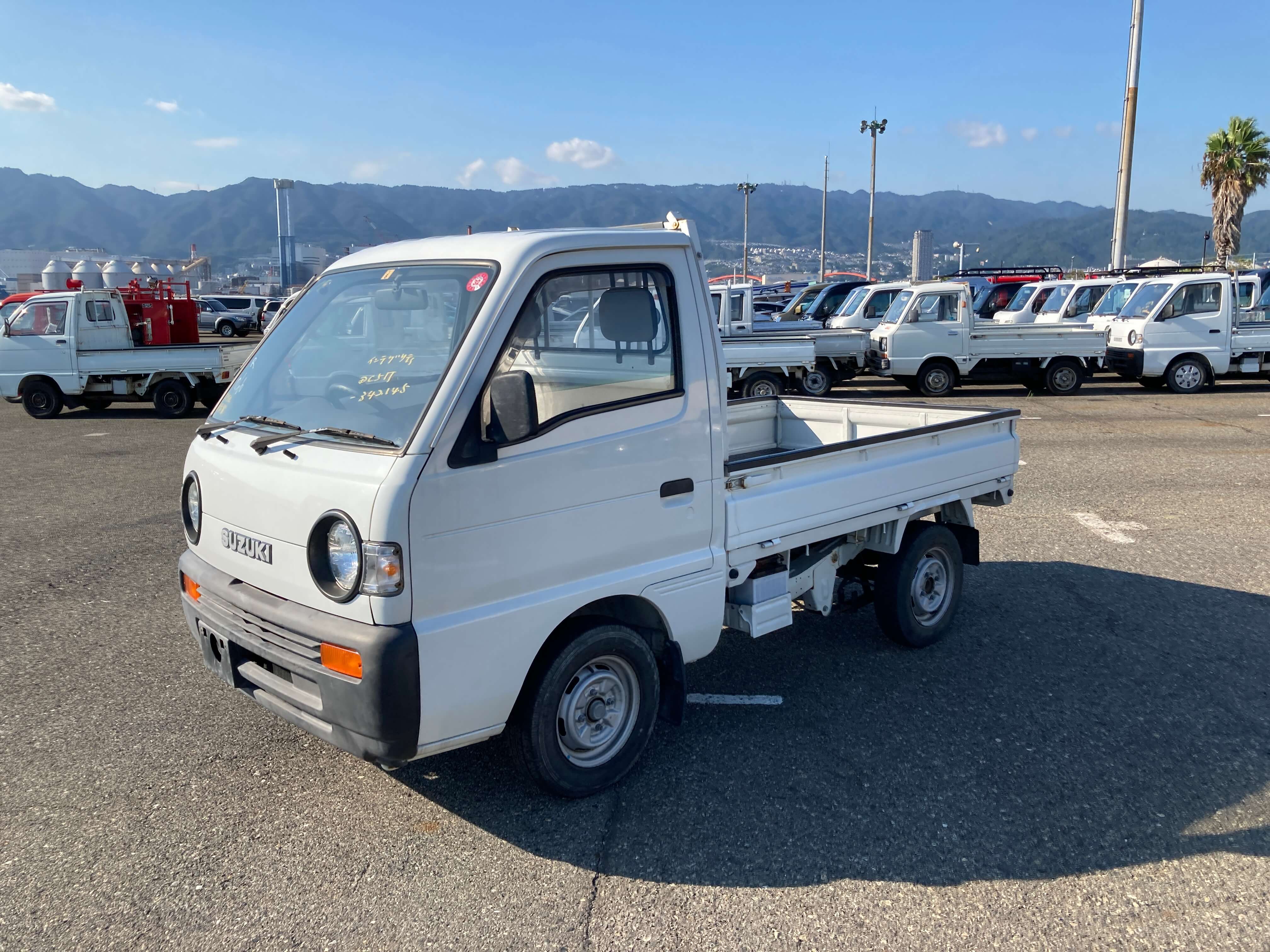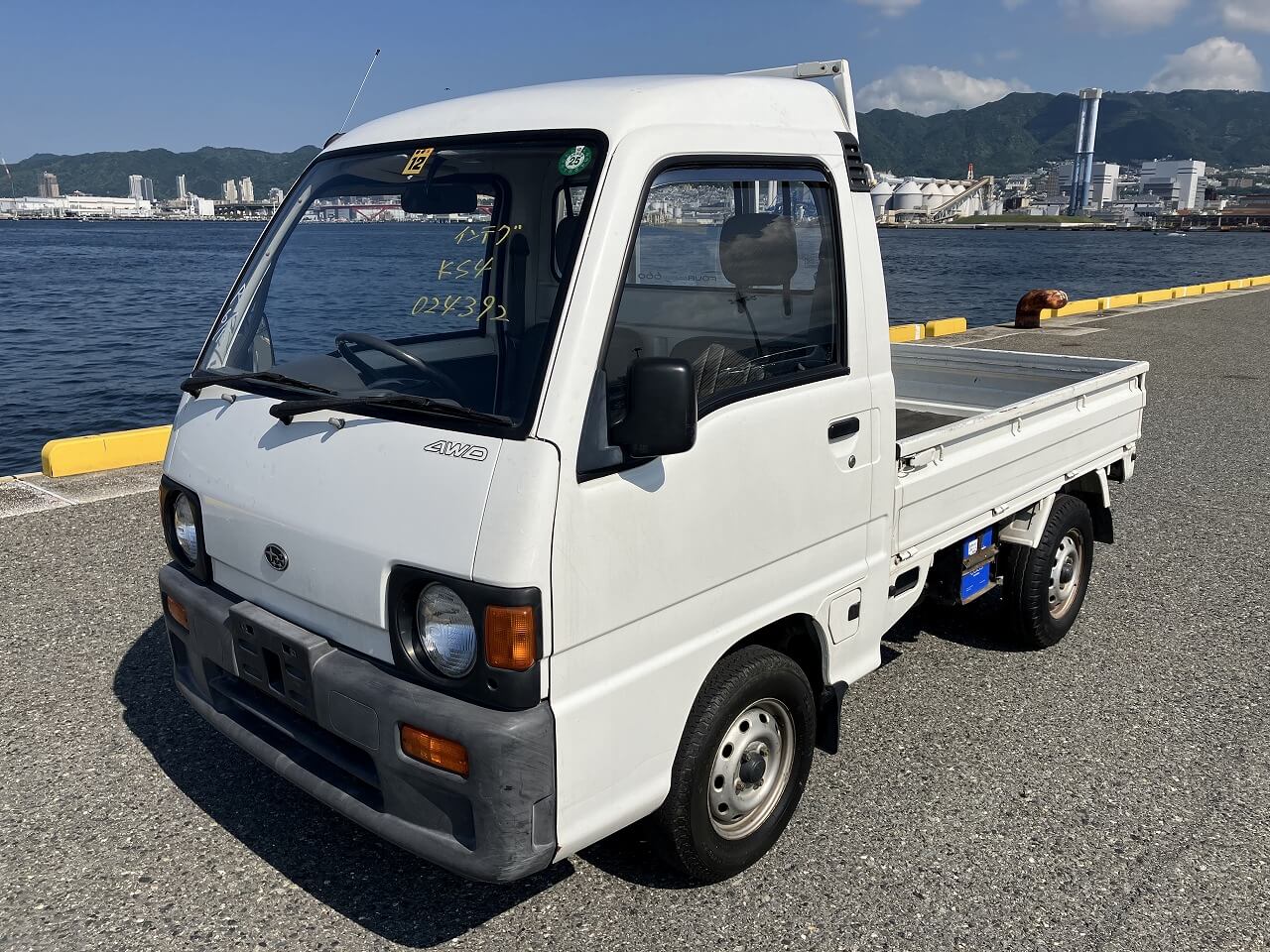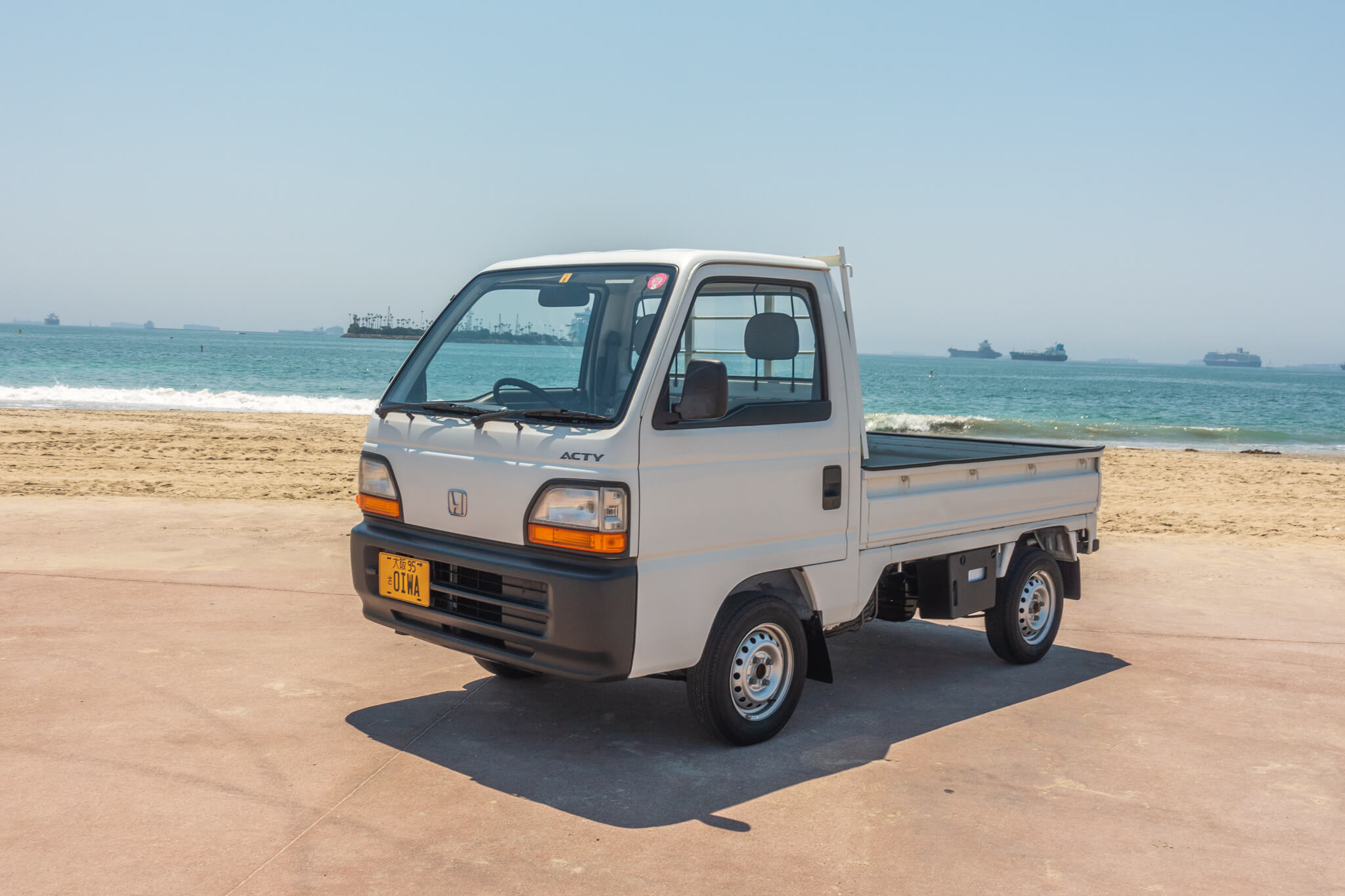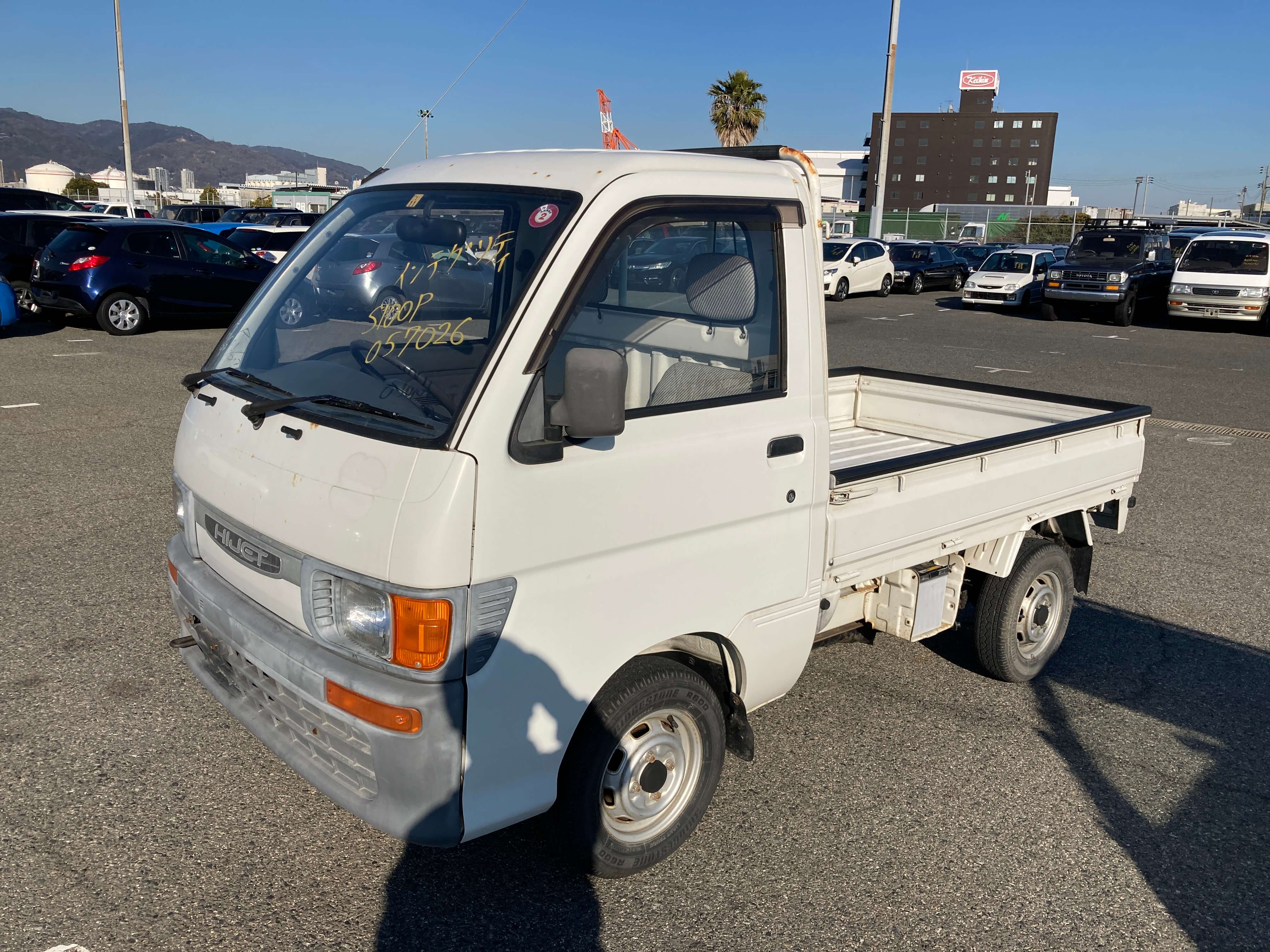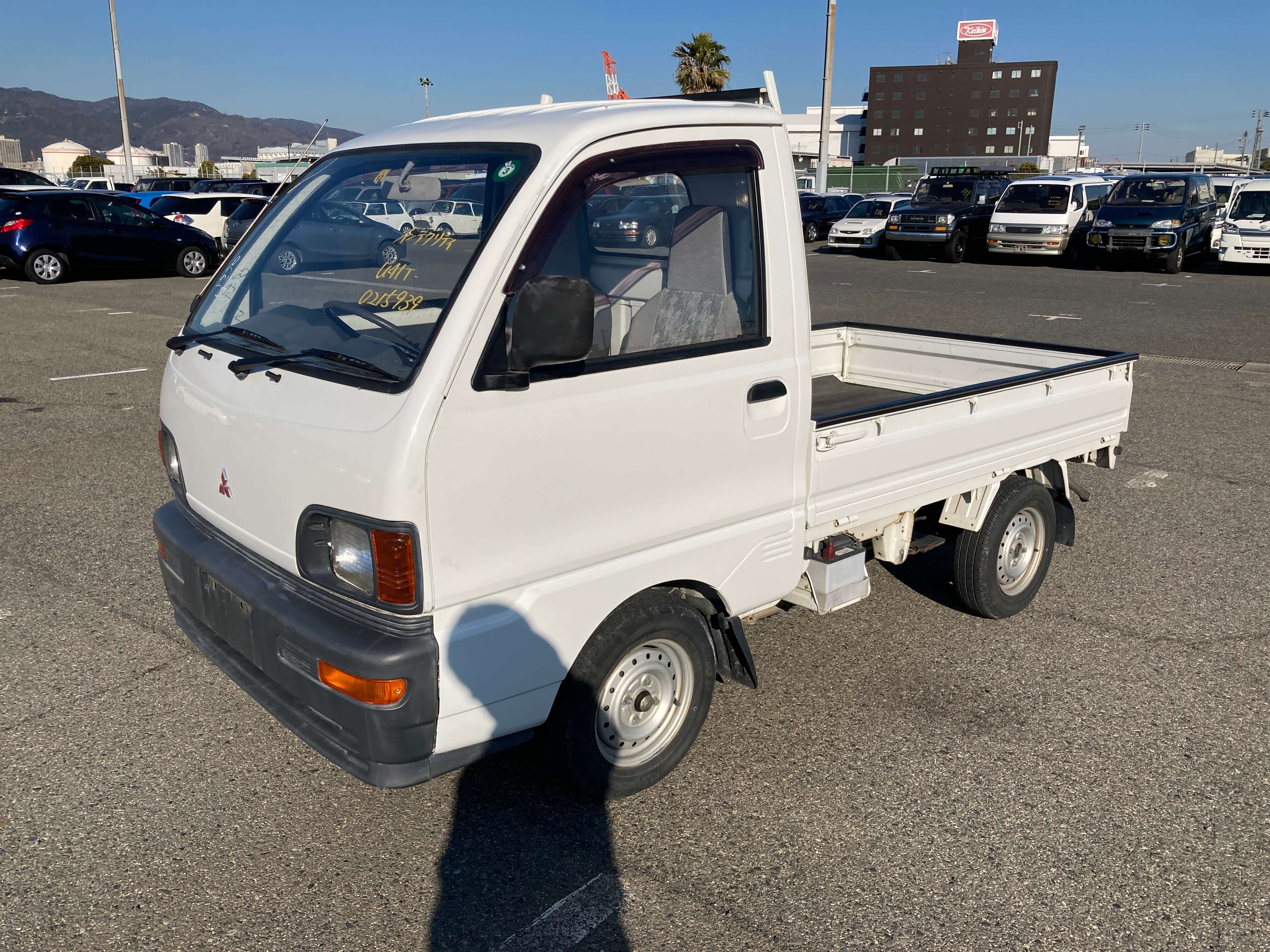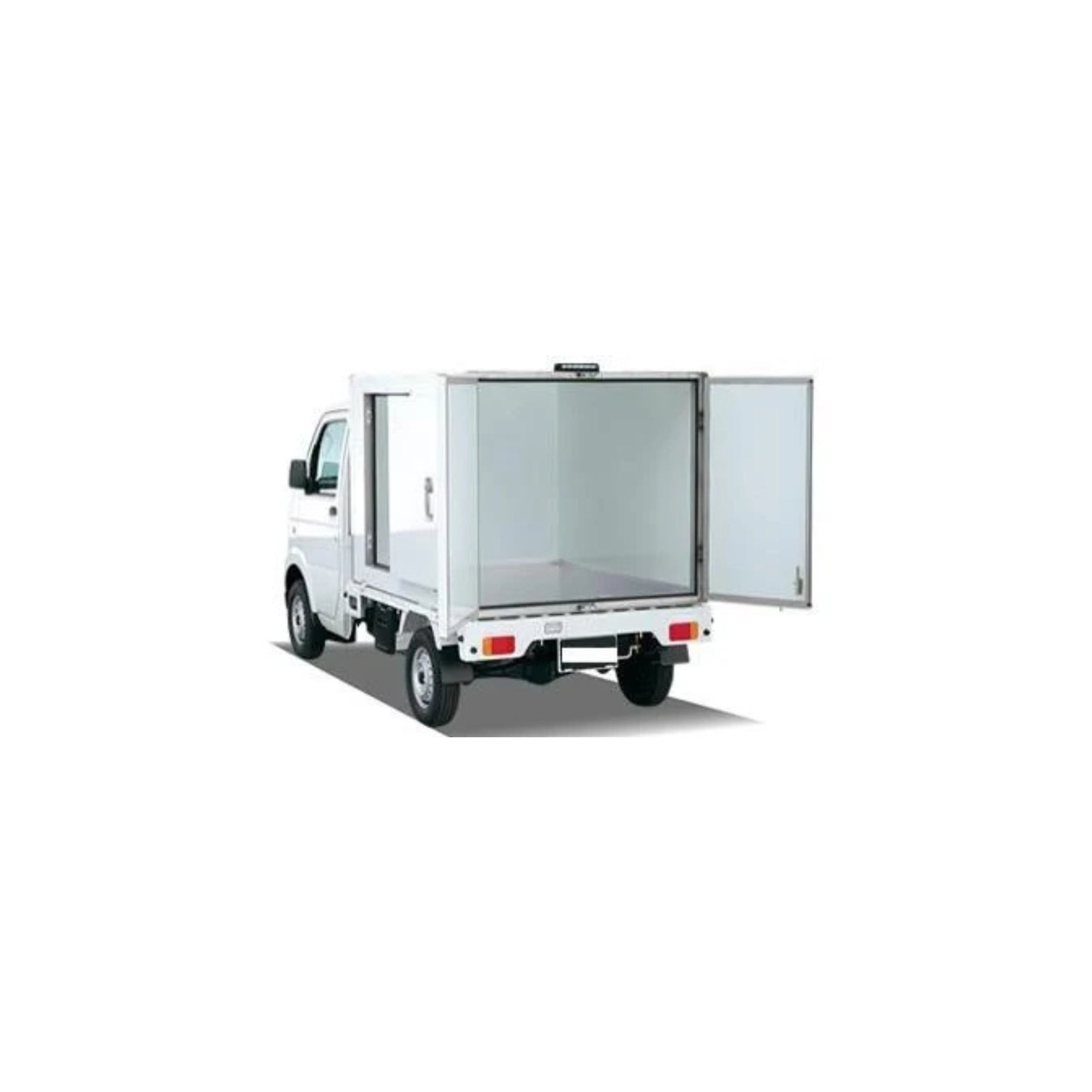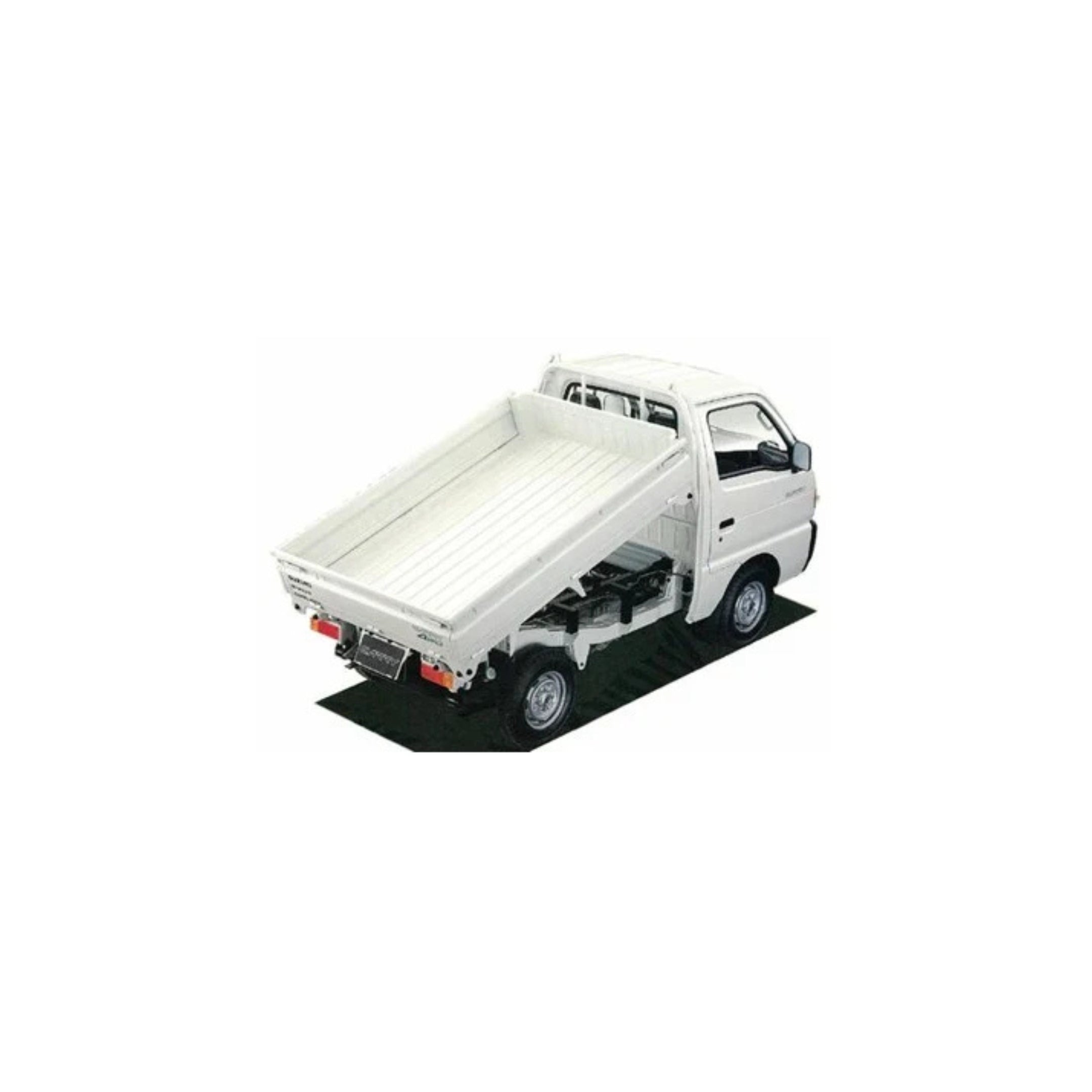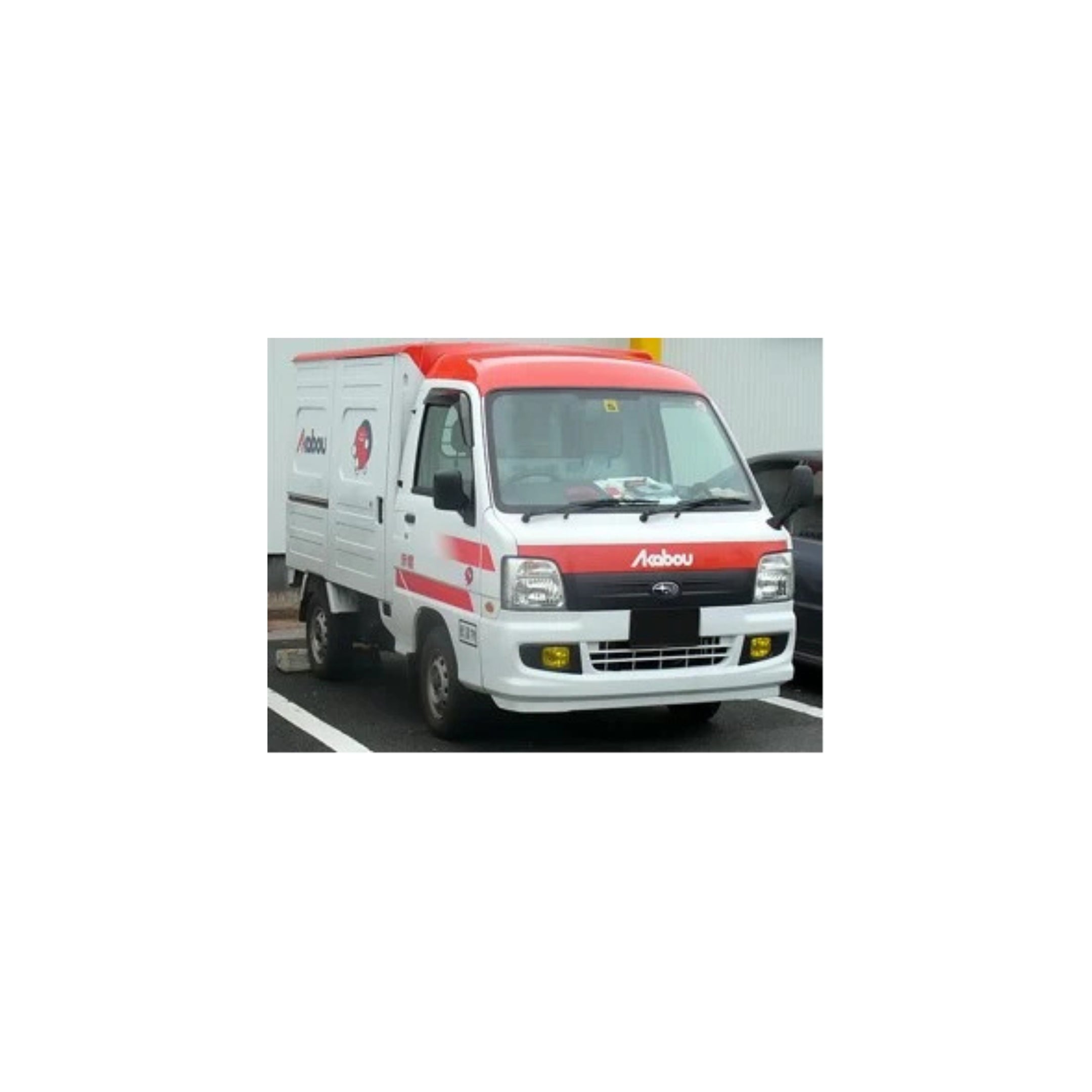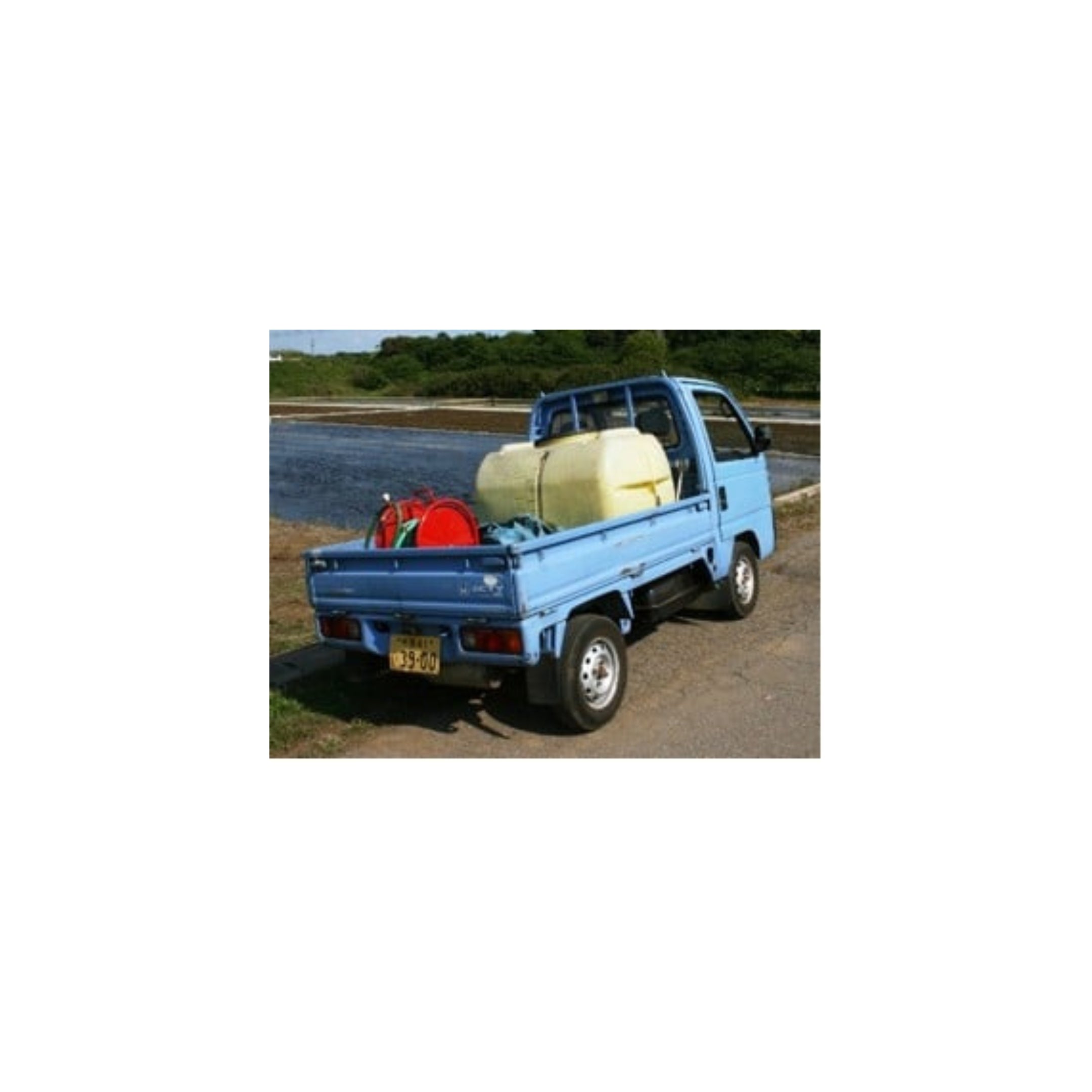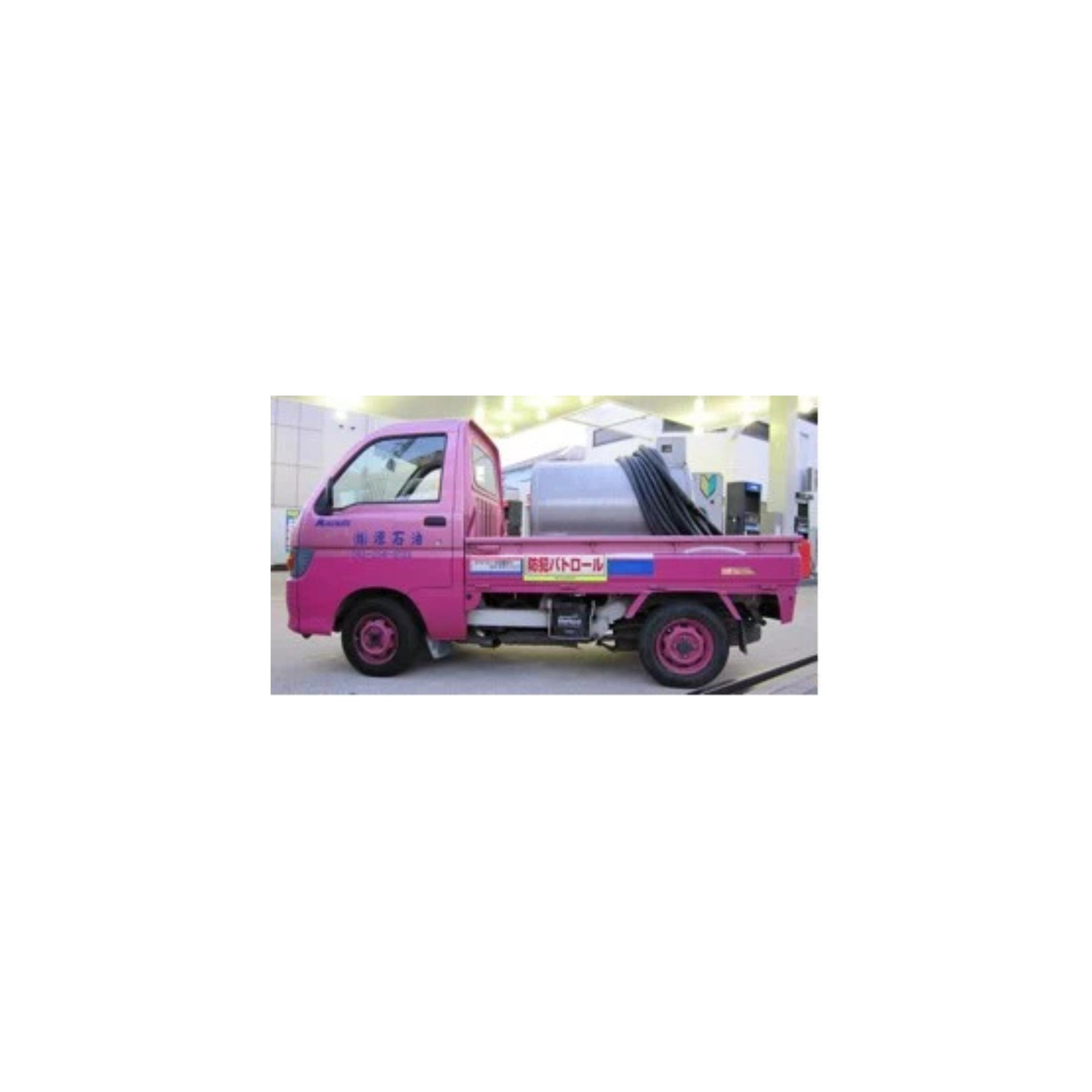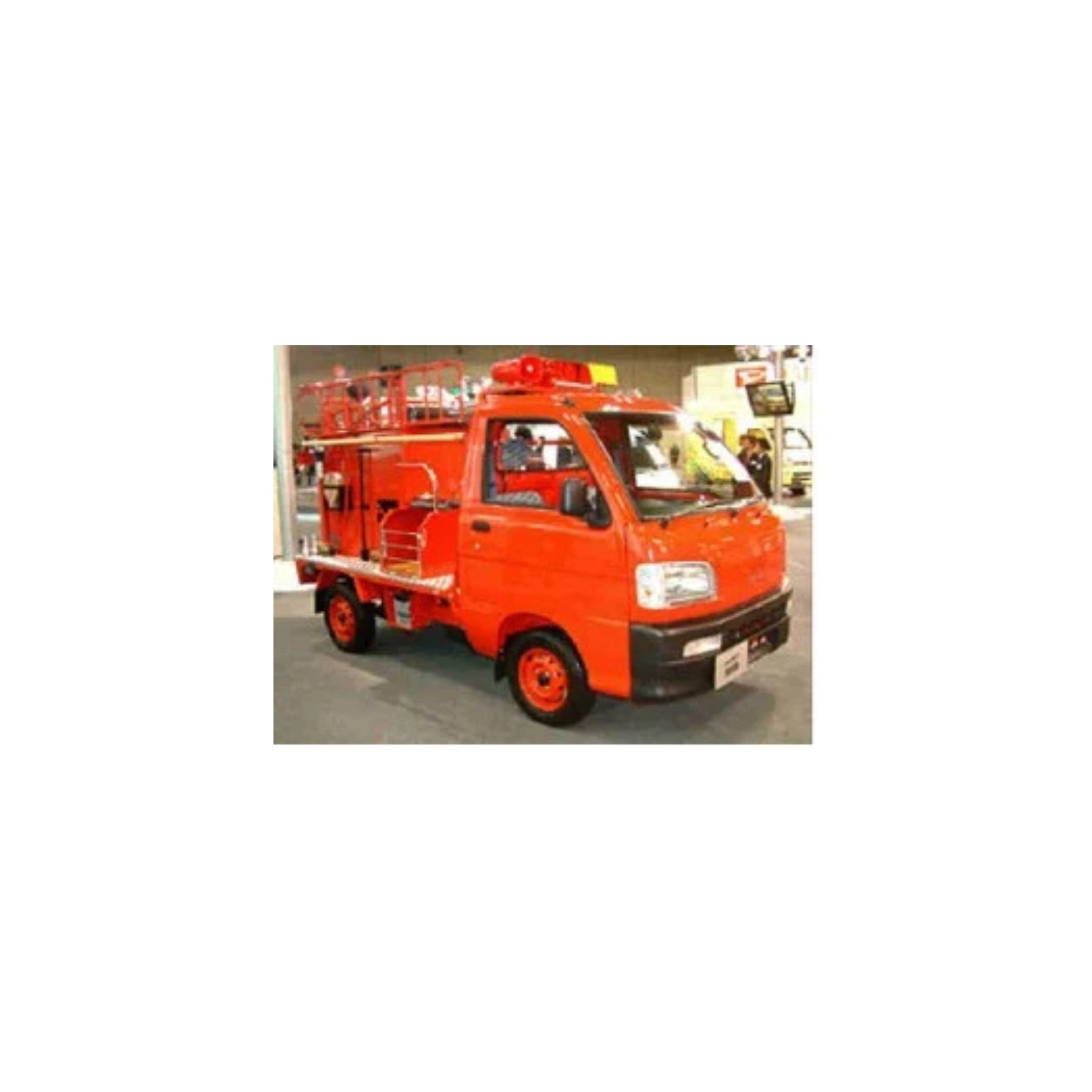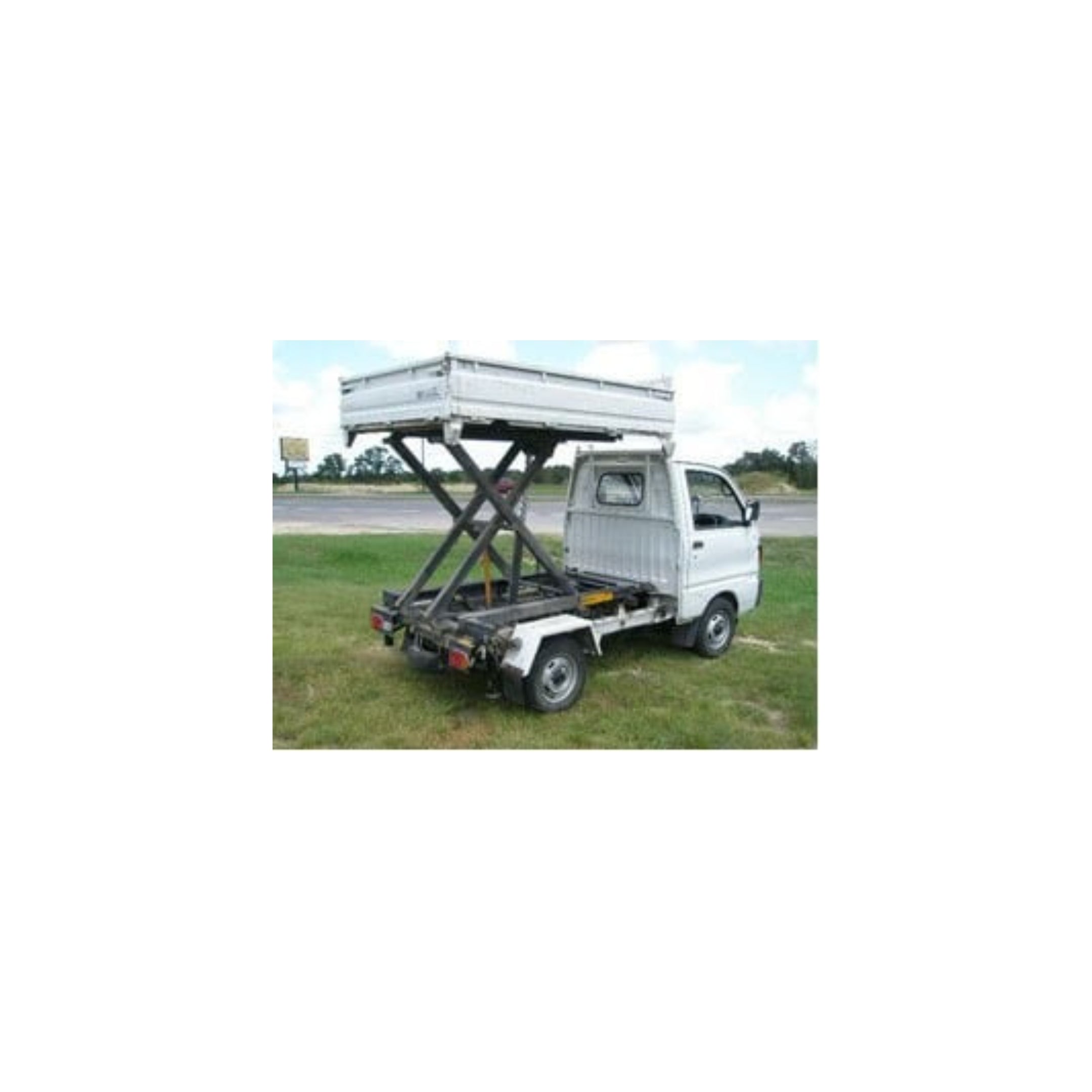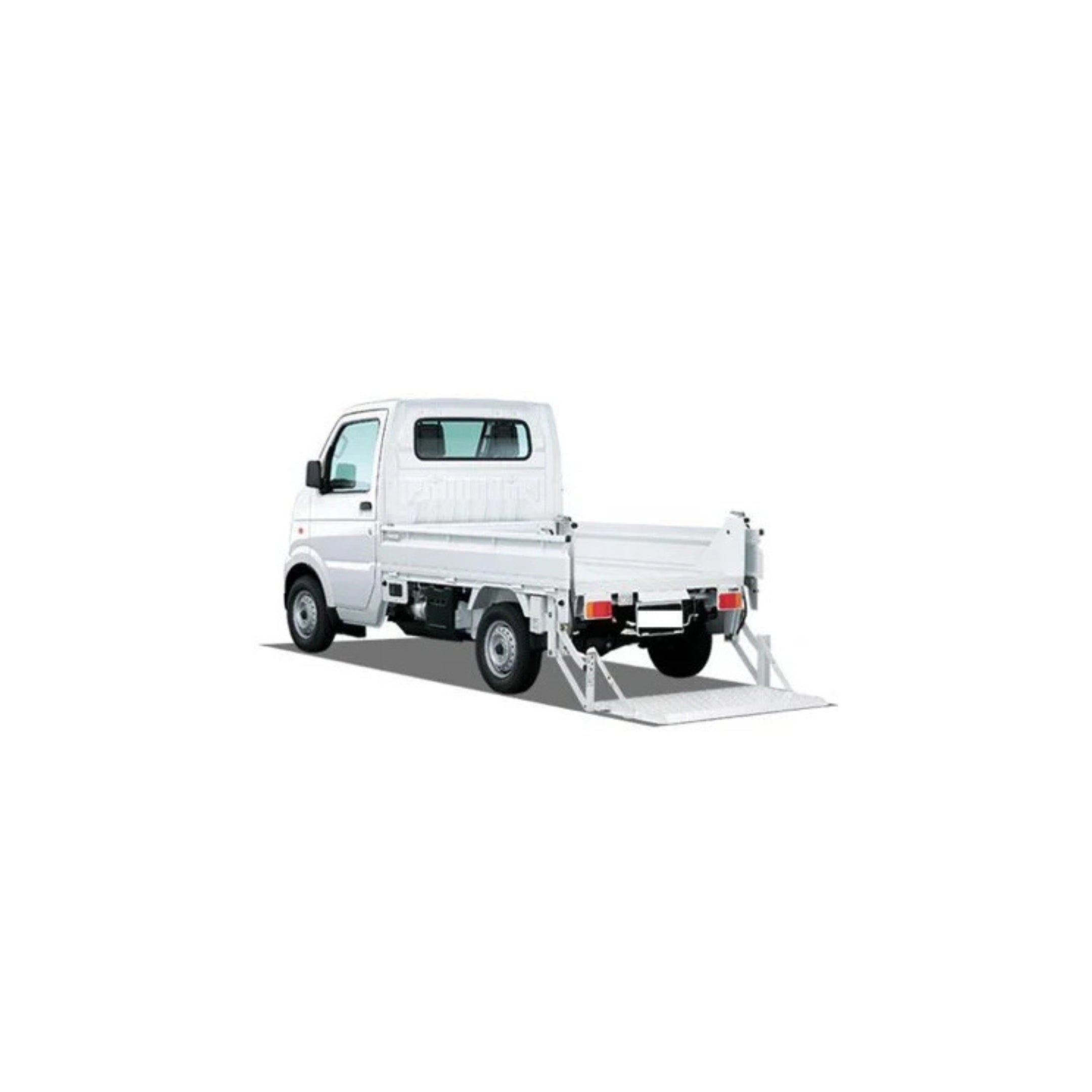If you’re searching for an ideal utility or all-terrain vehicle, look no further than kei trucks. Japanese mini trucks are dynamic, fun, and durable vehicles with affordable purchase and maintenance costs. Today, the average kei truck’s sticker price starts at around $1,380 to $2,760 for a 20-25 year-old model sold in a Japanese auction.
Noteworthy kei truck performance traits include but aren’t limited to:
- Fuel efficiency
- High maneuverability via compact size
- Adaptability across applications like agriculture, urban deliveries, off-road recreation
In addition to fuel efficiency and low-cost maintenance, Kei trucks maintain quality resale values, which is why you’ll frequently see drivers behind the wheel of models 25 years or older. While some kei trucks are available in 2WD, essentially all models of this truck have 4WD versions. You’ll also quality receive hauling and towing capacities.
Despite their compact nature, kei trucks have payloads ranging anywhere from 400 lbs. up to 1,500 lbs.—while towing capacities often span 1,000 to 1,500 lbs. Depending on your area’s regulations, you may be able to take a kei truck on the highway, with many models offering average top speeds of 60 mph to 70 mph. Some models can even reach 75 mph.
Kei trucks are ideal for modifications due to their customization potential. Common kei truck modifications include custom paint, lift kits, larger tires, cargo racks, powertrain enhancements, and dump truck conversions. Kei trucks were first introduced in Japan, but their popularity is increasing in countries like the United States, Italy, and Canada.


